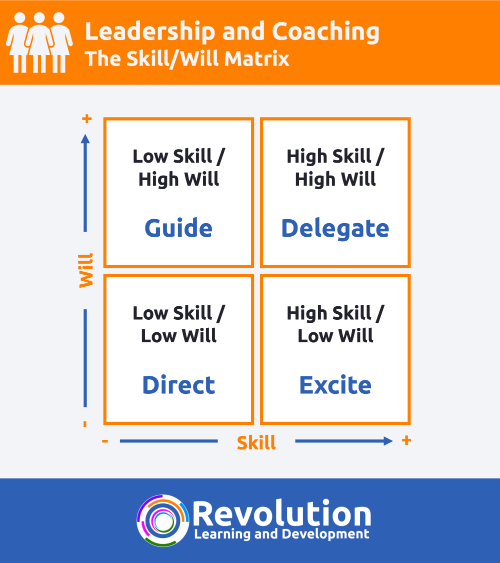Background
The Skill/Will Matrix is a tool that is used to assess performance and provides guidance on how a leader or manager should adjust their leadership or management style based on where a team member is in the matrix.
The Skill/Will Matrix was presented by Max Landsberg in his book the Tao of Coaching and is a variation of the Situational Leadership Model that was developed by Ken Blanchard and Paul Hersey.
The model is widely used in leadership skills training as a blueprint for understanding leadership styles and also used as a coaching model to help the coach apply the right approach to develop the person they are coaching.
The Skill/Will Matrix
The Skill/Will Matrix is a 4-box model that is created from 2 axis:
- Skill – How competent the person is at carrying out a task
- Will – How willing the person is to carry out a task
The four boxes that make up the Skill/Will Matrix sit inside of these 2 axes. These 4 boxes are labelled:
- High Skill/Low Will – The person knows how to do the task but for some reason isn’t willing to do so
- High Skill/High Will – The person knows how to do the task and is currently doing it well
- Low Skill/High Will – The person does not know how to do the task but is showing a willingness to learn
- Low Skill/Low Will – The person does not know how to do the task and is not showing a willing to learn

High Skill/Low Will
The first box in the Skill/Will Matrix is high skill and low will. This means that the person the matrix is being applied to is currently showing a high level of skill for a task but is not currently willing to carry it out.
This may present itself as the task not being done at all or being done, but not to a high standard.
Some reasons this may be the case are:
- De-motivated
- Bored of doing the task
- No longer excited at the prospect of doing the task
- They no longer see the value in the task
- Lacking confidence in the task
- External events (for example, something happening at home)
- Falling out with their leader or manager
The approach to work with someone who is in the high skill and low will area is titled Excite. This signifies that it is the leader’s responsibility to re-motivate the person or provide a more positive focus to increase the level of willingness.
The key to this area is to first understand why the willingness is low. This can be done by using questioning or coaching to understand the reasons. Once the root cause is established, work can begin to put actions in place to increase the level of willingness.
High Skill/High Will
The second box in the Skill/Will Matrix is high skill and high will. This means that the person the matrix is being applied to is currently performing well.
This may present itself as a person who is achieving their performance targets and producing a high standard of work. It is the leader’s responsibility to maintain this level of motivation. If this isn’t done and, is often the case, we just leave this person to get one with things, their level of willingness could begin to drop. This will move them into the high skills and low will area.
The approach to work with someone who is in the high skill and low will area is titled Delegate. This signifies that the leader’s responsibility here is to identify new challenges, tasks and areas of responsibility and delegate new things to this person.
Low Skill/High Will
The third box in the Skill/Will Matrix is low skill and high will. This means the person the matrix is being applied to does not currently have the right level of skills to carry out the task, but they are showing a high level of willingness to learn.
This can present itself as a person who has been delegated a new task and is eager to take it on. It might be a new starter or someone who is showing an eagerness to take on new responsibilities.
The approach to work with someone who is in the low skill and high will area is titled Direct. This signifies that it is the leader’s responsibility to tell or show the person how to carry out a task and to clearly explain their expectations for the outcome of the task.
This can be done through:
- Training courses
- Instruction
- Demonstration
- Buddying/Shadowing
- Targets, Goals and Objectives
The key is to provide enough knowledge so that the person can get on and get going. Without this, you may find the person moving into the next area.
Low Skill/Low Will
The fourth box in the Skill/Will Matrix is low skill and low will. This means the person the matrix is being applied to doesn’t know how to carry out a task and is showing little or no willingness to want to learn how to do it.
This can present itself as a person openly refusing to carry out a task, putting a task off and appearing highly demotivated.
Some go the reasons people find themselves in this area are:
- A task has been poorly delegated
- A restructure has occurred and the person now has a new role that they don’t want
- They think a new task in beneath them or they see it as someone else’s job
- The Direct approach from the previous section is being applied to heavily and they are now overwhelmed
The approach to work with someone who is in the low skill and low will area is titled Guide. This signifies that it is the leader’s responsibility to get the person back onto the right track.
The key to this area is to first understand why the willingness is low. This can be done by using questioning or coaching to understand the reasons. If you try to address the skills area first, it is likely to have little or no impact as the person will not be willing to take on board the information.
Once the root cause of the willingness is addressed, the skill element can be tackled.
Applying the Incorrect Approach
The main idea behind the Skill/Will Matrix is to apply the right approach at the right time. If you apply the incorrect approach, for example trying to use Direct on someone who has high skill and high will, you will find that this has a demotivating effect.
Take a step back and assess what is required and apply the right approach. Remember, this isn’t about the person in general but in relation to individual tasks. This means one person can move to different areas of the grid throughout the course of a day depending on what they are working on.
Further Learning
If you wish to find out more about the Skill/Will Matrix and how to use it as part of your leadership toolkit, you may find a leadership skills training course will help. Take a look at our Leadership Skills Training Course for more details.





